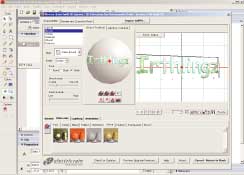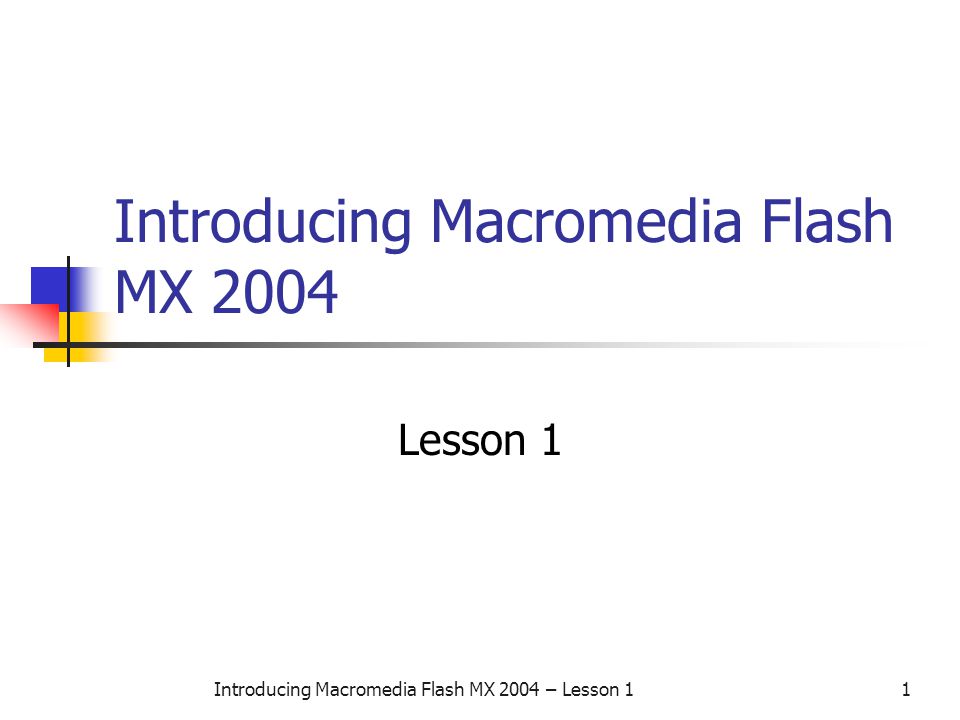


- MACROMEDIA MX 2004 HOW TO
- MACROMEDIA MX 2004 MOVIE
- MACROMEDIA MX 2004 UPGRADE
- MACROMEDIA MX 2004 WINDOWS 8

MACROMEDIA MX 2004 WINDOWS 8
Tamaño del Archivo: 63.33 MB Fecha de lanzamiento: Funciona en: Windows 95 / Windows 98 / Windows 2000 / Windows XP / Windows Vista / Windows Vista 圆4 / Windows XP 圆4 / Windows ME / Windows NT 4.0 / Windows 7 / Windows 7 圆4 / Windows 8 / Windows Server 2003 圆4 / Windows. You'll even find completed files that you can use to compare with your own results. Macromedia Flash MX 2004 5 out of 5 based on 3 ratings. On the companion CD, you'll find a demo version of Fireworks MX 2004 as well as all the media files you need to complete the book's sophisticated, professional-level projects. Through 11 hands-on, project-based lessons and 16 to 20 hours of instruction, you'll tackle everything from editing bitmaps and creating interactive buttons to optimizing and exporting pages as HTML files.
MACROMEDIA MX 2004 UPGRADE
Macromedia Flash MX 2004 ActionScript 2.Faster, more efficient, and with a raft of new features that encourage creativity and collaboration, Fireworks MX 2004 represents an essential upgrade to Macromedia's popular Web graphics program: If you don't already know Fireworks, now would be a good time to learn it, and if you do already know it, now would be a good time to relearn it-in the form of this latest (and greatest) upgrade! Either way, this Macromedia-authorized guide has the answers.

To stop a sound from playing, use the stop method: Pan is specified by a value between -100 and 100, with -100 representing output to only the left channel and 100 representing output to only the right channel. Volume is specified by a value between 1 and 100, with a default being 100, the highest value. Each of these methods has only 1 parameter-volume and pan, respectively.
MACROMEDIA MX 2004 MOVIE
You’d simply set the sound object’s volume and balance equal to the position of the appropriate movie clip using the Sound object’s setVolume and setPan methods. If you want, you can create movie clips that function as volume and balance controls. The movie clip will be loaded each time the user fires the gun. We included the start method in the onClipEvent(load) handler so the sound will play each time the movie clip is loaded. The onClipEvent(load) event handler should now look like this: Again, we used 0, because we only want a single shot to sound each time the laser is fired. The second specifies how many times the sound should loop. We want all the sound to play, so we used 0. The first tells Flash how many seconds into the sound to start playing. Finally, we play the sound using the start method, which we can add to the end of our onClipEvent(load) handler:.The only argument is the linkage ID of the library sound being attached. Notice that the attachSound method is very similar to the attachMovie method of the MovieClip object. The second line attaches a specific sound-”laser_fire”-from the library to the laserSound object. We can then use “laserSound” to access the properties and methods of the Sound object. The first line simply creates a new Sound object called “laserSound”. With the laser movie clip selected inside it, add the following onClipEvent(load) event handler, above the onClipEvent(enterFrame) handler: Next, we need to create a new Sound object and attach the sound to it.You’re doing the same thing you did when attaching a movie clip-giving the sound an identifier you can use to attach the sound in the movie. Right-click on the sound, select Linkage, and, in the Linkage dialog, give the sound a unique linkage ID.If necessary, import the sound you’re going to use to the library.Theres also live online events, interactive content, certification prep materials, and more.
MACROMEDIA MX 2004 HOW TO
To give you a simple idea of how to use the Sound object, we’ll load a laser sound into our laser movie clip, so whenever the user fires the gun, it makes a shot-like sound: Get full access to Macromedia® Dreamweaver® MX 2004 Demystified and 60K+ other titles, with free 10-day trial of OReilly. Like any object, it has built-in methods that you can use for loading a sound, removing the sound when it’s no longer needed, applying sound transforms, and controlling the volume and offset of sound output (panning). If you’ve ever added sound to frames in a movie, you probably know that you can use them to control playback you can’t do that using the Sound object, but the Sound object does provide some advantages.


 0 kommentar(er)
0 kommentar(er)
